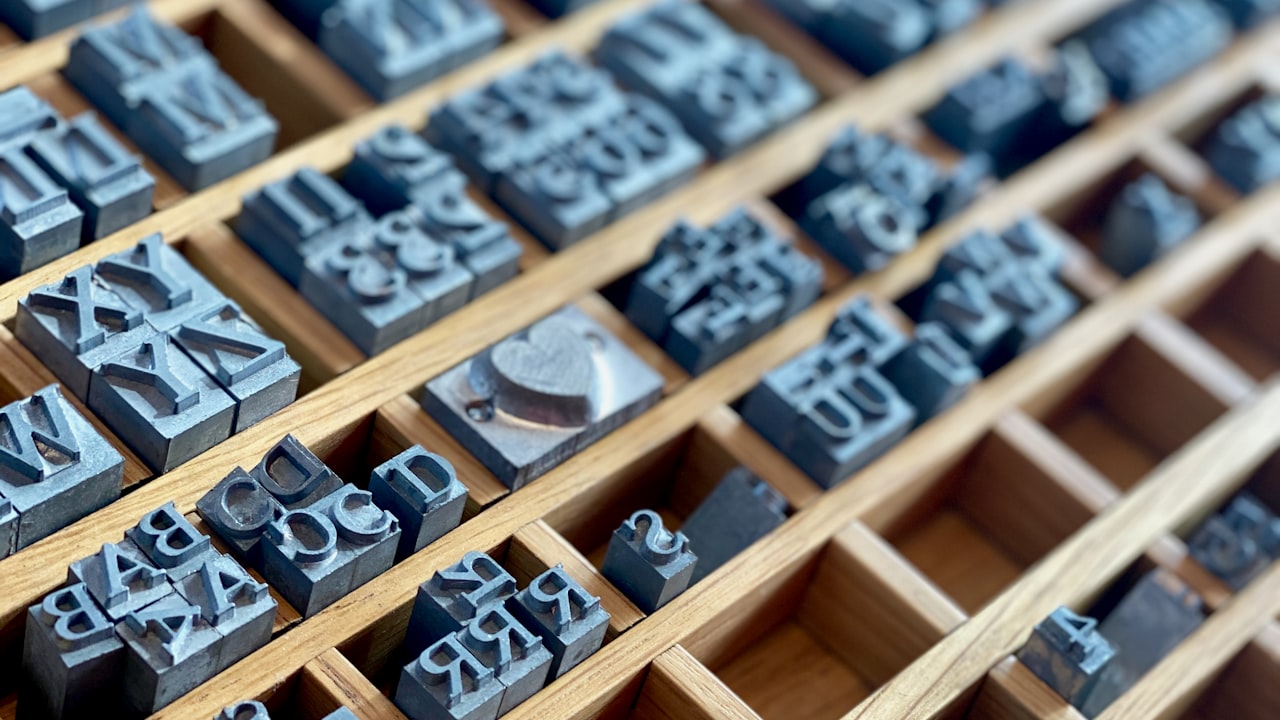When installing press brake tooling, be sure to follow these safety steps. First of all make certain that there are no debris in front or behind your machine's stroke line; next check for an even thickness across both molds with nothing too thick at either end - this will result when one side has been pressed down heavier than usual because something was blocking its path (like water). Finally verify how well they're seated by pressing hard on each part before moving onto installation!
Die design
Choosing the right press brake dies are essential in press brake tooling. The type of die and the type of machine will affect the end result. Many different parameters should be considered in the selection process, including the stroke, daylight, middle plate type, max bending force, and more. In addition, the lower die base will vary in height depending on the tool & die cluster used.
The angle of the bending will also influence the tooling selection. For example, if a press brake can only bend materials with a certain tonnage, it is essential to select a toolset with an increased opening. This will decrease the required tonnage and improve quality. Air bending can also be used to reduce the amount of tonnage required when forming material.
Material choice
Press brake toolings are composed of several components to enable the bending of sheet metal. The choice of material is dependent on the type of sheet metal, its thickness, and the angle of bending. For example, a low-to-medium-hard metal requires tooling with a wider die opening than a soft metal. The tooling must also be adjustable to reduce spring back and increase deformation angles. In addition, air-bending is an option for extending press brake tooling life and improving the quality of the bending process.
A press brake is a powerful tool, and the tooling is what touches the part during the bending operation. It is therefore critical to choose the right toolings to get the best performance from your machine. Choosing the right toolings ensures safety and efficiency.
Service life
Press brake toolings are critical to the service life of your machine. If you care for them properly, they can last for many years. Proper lubrication is also important. When lubricating, wipe off the surface as much as possible so that grease doesn't pick up dust. This will help keep the machine clean. It will also help to keep it from wearing out quickly. Here are some tips to ensure the service life of your press brake toolings.
To extend the service life of your press brake toolings, make sure you follow the manufacturer's recommended schedule for lubrication. The schedule is generally for a typical eight-hour workday, but if you work three shifts, you'll need to lubricate more frequently.
Maintenance
It is very important for metal fabrication shops to maintain press brake toolings on a regular basis. Regular maintenance will extend the life of the device and ensure the safety of workers. Here are some tips to ensure the proper maintenance of press brake toolings: First, ensure that the toolings are properly seated. The upper tool should be seated under a small amount of tonnage, ensuring it fully extends into the tooling holder. Also, check the alignment of the toolings.
Press brake toolings should be thoroughly cleaned on a regular basis. You can use a clean cloth to wipe down the surface. The hydraulic system should also be cleaned on a regular basis. After cleaning the tooling, it is necessary to check the hydraulic oil level. If there is any leakage or the oil is too low, you should top it up.


